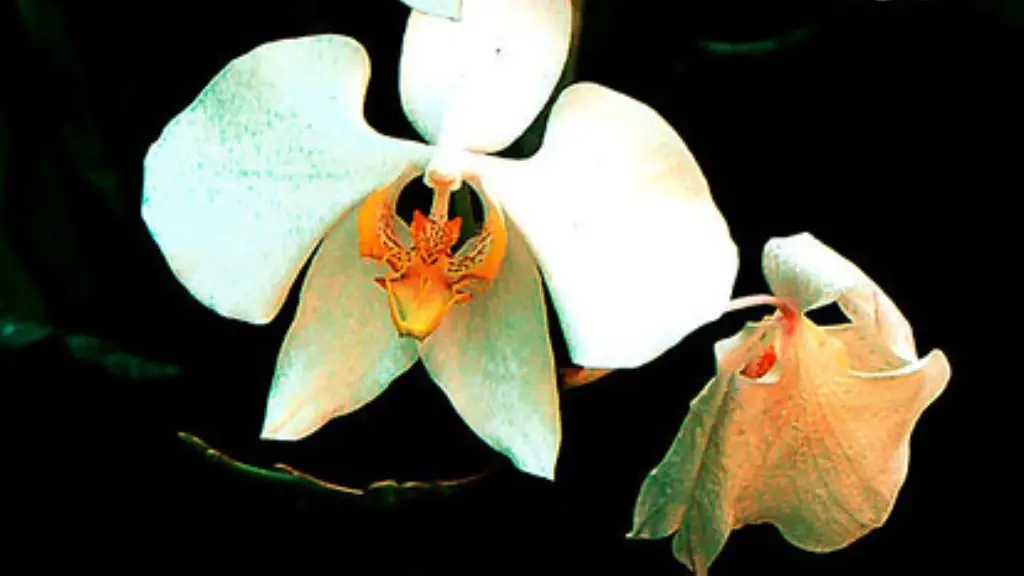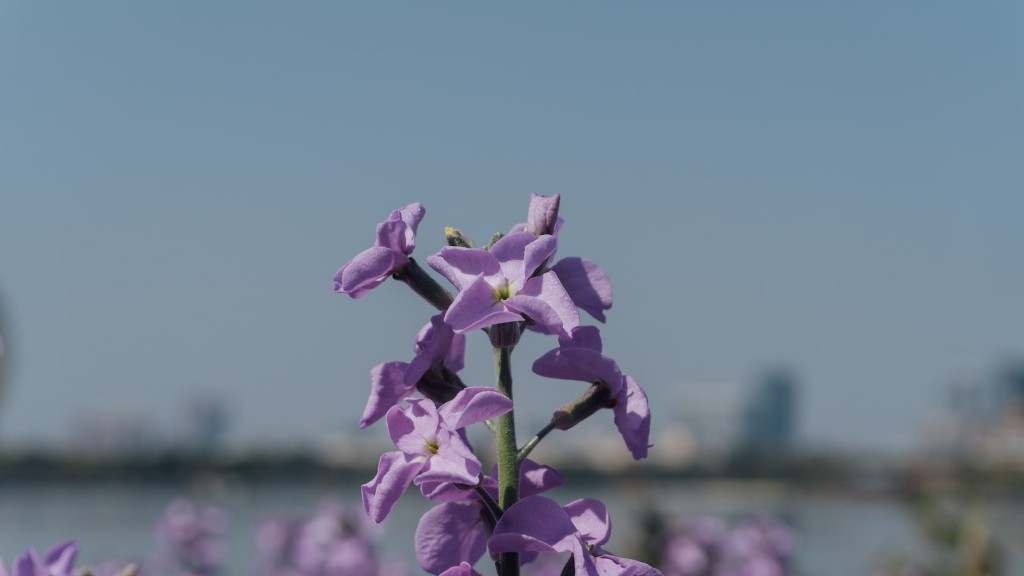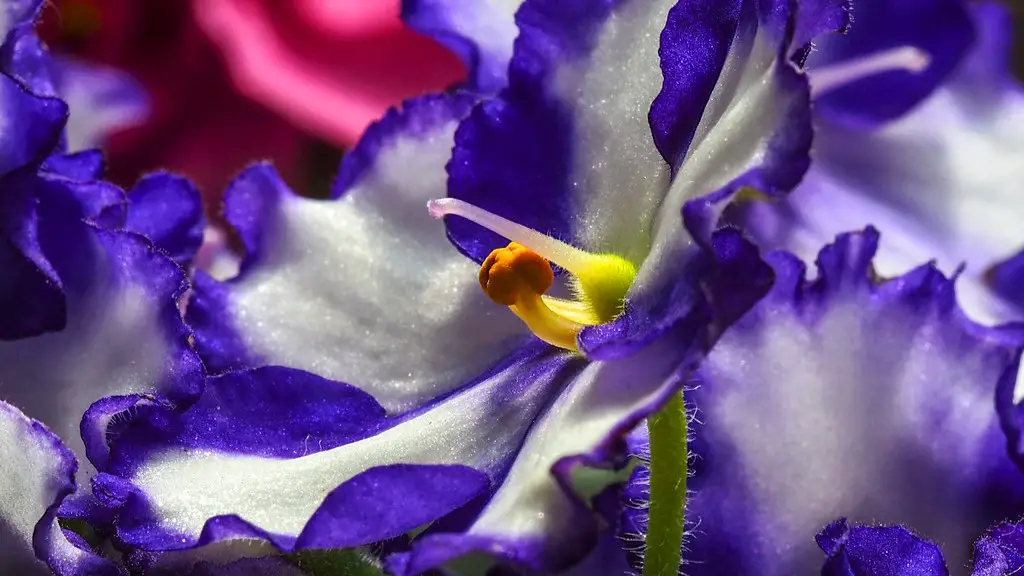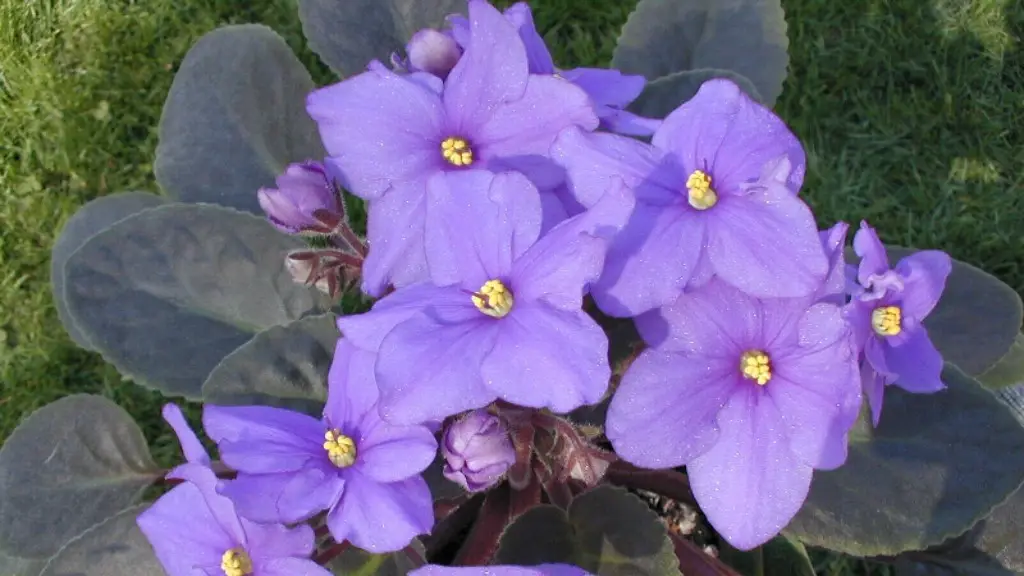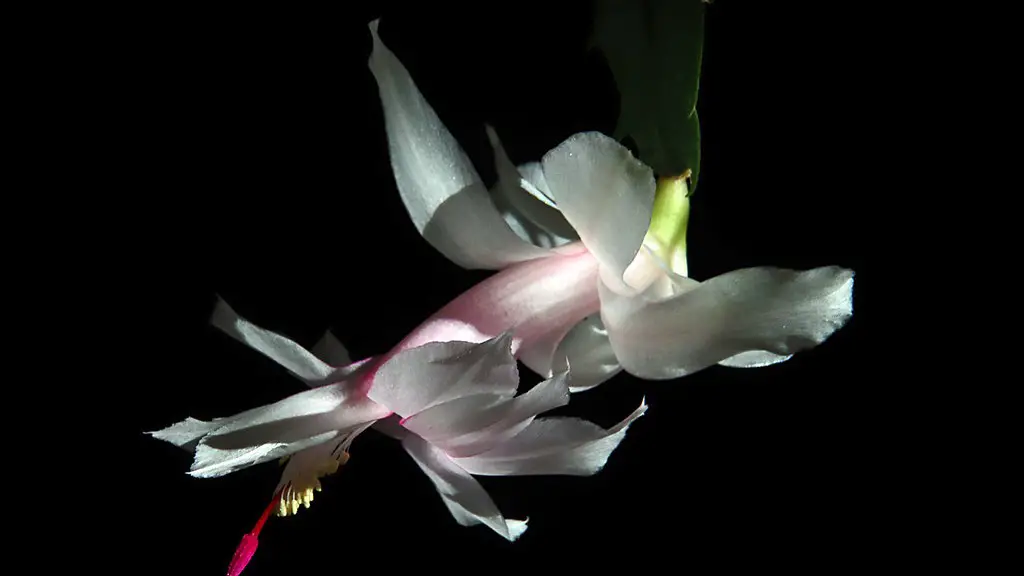This orchid care video will show you how to properly care for a Phalaenopsis orchid. These beautiful flowers are easy to care for, but there are a few things you need to know to keep them healthy and thriving. We’ll go over everything from watering to fertilizing to repotting, and more. After watching this video, you’ll be an expert on caring for Phalaenopsis orchids!
Here are some tips on how to care for a Phalaenopsis orchid:
-Place the orchid in a bright location, but out of direct sunlight.
-Water the orchid about once a week, or when the potting mix feels dry.
-Fertilize the orchid every other week with a balanced fertilizer.
-To encourage blooming, keep the night temperatures 10 degrees cooler than the day temperatures.
How do you care for an indoor Phalaenopsis orchid?
Phalaenopsis orchids do well under normal room temperatures with indirect light from an east or west window. During the short days in the winter they can even be moved to direct light or placed in a south window. Orchids can be placed in an interior room or on an office desk if placed under a grow light.
If your orchid has an unhealthy, brown spike, you should cut it all the way back to the base of the plant. For double-spike orchids, cut one spike at the base of the plant and the other spike 1 inch above the node under the lowest flower bloom.
How do you take care of a Phalaenopsis orchid after the blooms fall off
Orchids are a beautiful and popular choice for indoor plants, but they can be a bit finicky. If you’re having trouble getting your orchid to bloom, or if it’s not looking as healthy as you’d like, here are a few care tips to help it thrive.
1. Water weekly. Just because your orchid no longer has its blooms doesn’t mean you should stop watering it. Orchids need to be kept moist, but not soggy, so be sure to water only when the potting mix is dry to the touch.
2. Fertilize. Give your orchid a boost with a light fertilizer every other week. Be sure to use a fertilizer specifically designed for orchids, and follow the directions on the package.
3. Give it plenty of indirect light. Orchids do best in bright, indirect light. If your orchid is getting too much direct sun, the leaves will start to yellow.
4. Move your orchid to a cooler room. Orchids prefer cooler temperatures, around 60-70 degrees Fahrenheit. If your home is on the warm side, consider moving your orchid to a cooler room, such as an unheated sunroom
It’s important to provide your orchid with enough light if you want it to rebloom. Place your orchid in an area that receives bright, indirect sunlight. The more light your orchid receives, the longer its blooms will last and the greater its chances of reblooming.
Should I mist my Phalaenopsis orchid?
Orchids love humid conditions because they’re a tropical plant. The easiest way to recreate their humid home is by misting them with a spray bottle.
Orchids are one of the most popular houseplants, but they can be tricky to care for. The key to success is to water them properly. Overwatering is the most common way to kill orchids, so it’s important to let the soil dry out between watering. Most centrally heated homes have dry air, so it’s also important to mist the foliage every two to three days using tepid water. Avoid spraying the flowers, as the petals can be marked by water. With a little care, your orchids will thrive and bloom for years to come.
How do you make an orchid grow a new spike?
To get a new orchid flower spike, place the plant in an area with a lower room temp — about 55–65°F at night should do it. Placing your orchid in a window away from the heater might work, too. We’ve had best success getting new flower spikes in winter, when our homes and their windows aren’t as warm.
Leaving the flower spike intact will result in the plant using its energy to produce new flowers, which may not bloom for several months. If you want your plant to focus its energy on producing new leaves and roots, then cut the flower spike back to a node. This will stimulate new growth and can help to rejuvenate the plant.
Should I cut the flower spike off my orchid
The last flower may not be as vibrant as the first, but it can be just as beautiful in its own way. When the last flower fades, you can leave the spike (stem) on and it will still continue flowering but the stem gets very ungainly and the flowers get smaller. Some people believe it is best to cut off the stem entirely at the base where it comes out of the leaves, and it will bloom again in several months.
To master watering orchids, it is essential to water from above with fresh, pure water. For orchids with water storage, pseudobulbs, water when the potting mix is approaching dry.
How do you force an orchid to rebloom?
If you want your orchid to bloom again, follow these simple steps. Continue to water your orchid with 3 ice cubes once a week. Fertilize your orchid once or twice a month using a balanced houseplant fertilizer at half strength. Help your orchids grow by providing plenty of indirect sunlight. Put your orchid in a cooler spot at night.
The flowers of a phalaenopsis orchid are beautiful and can last for several months. If the plant is pollinated again during this time, it can take anywhere from 9 to 14 months for it to complete a life cycle. If it doesn’t die, it can typically re-bloom once every 8 to 12 months, which is wonderful news for those who love this type of flower!
What triggers flowering in Phalaenopsis
Phalaenopsis orchids are native to tropical areas and don’t require a specific photoperiod, or length of daylight, to bloom. Low temperatures are what trigger phalaenopsis to begin the flowering process.
Orchids are beautiful flowers that prefer a small pot. They will eventually run out of room and their roots will push the plant up above the rim of the pot or reach out into the air. This is a sign that it’s time to re-pot the plant.
What triggers an orchid to bloom?
If you want your orchids to bloom, make sure they are getting enough light. While other factors like temperature and water availability can play a role, light is the most important. without adequate light, your orchids will not bloom no matter what else you do.
The crown, which is the center of the orchid, the places in between the leaves, and the stem as dry. These are all indications that the orchid is not getting enough water. Be sure to water your orchid thoroughly, and if possible, set it in a humid environment.
Where is the best place to put an indoor orchid
The ideal spot for growing orchids is either south or east-facing windows. Usually west windows are too hot while northern windows are too dark. Placing orchids under artificial lights is the last resort if you can’t find a good location to grow your orchids.
It is important to water your orchid evenly to ensure proper root growth. Allow the water to drain out completely after soaking for about 10 minutes. The container will be heavy when properly watered.
Conclusion
How to Care for a Phalaenopsis Orchid (Video)
Learn the basics of how to care for a Phalaenopsis orchid, and keep your plant healthy and flowering for months. water your orchid weekly, using lukewarm water
fertilize monthly, using a balanced fertilizer
provide bright, indirect light
keep the temperature between 60-80 degrees Fahrenheit
humidity is important for orchids- you can increase humidity by placing your plant on a pebble tray, or using a humidifier
repot your orchid every 2-3 years
If you follow the tips in this video, you can be sure that your Phalaenopsis orchid will thrive! Remember to give it bright indirect light, water it thoroughly but not too often, and fertilize it every other week. With a little bit of care, you can enjoy this beautiful plant for many months to come.
